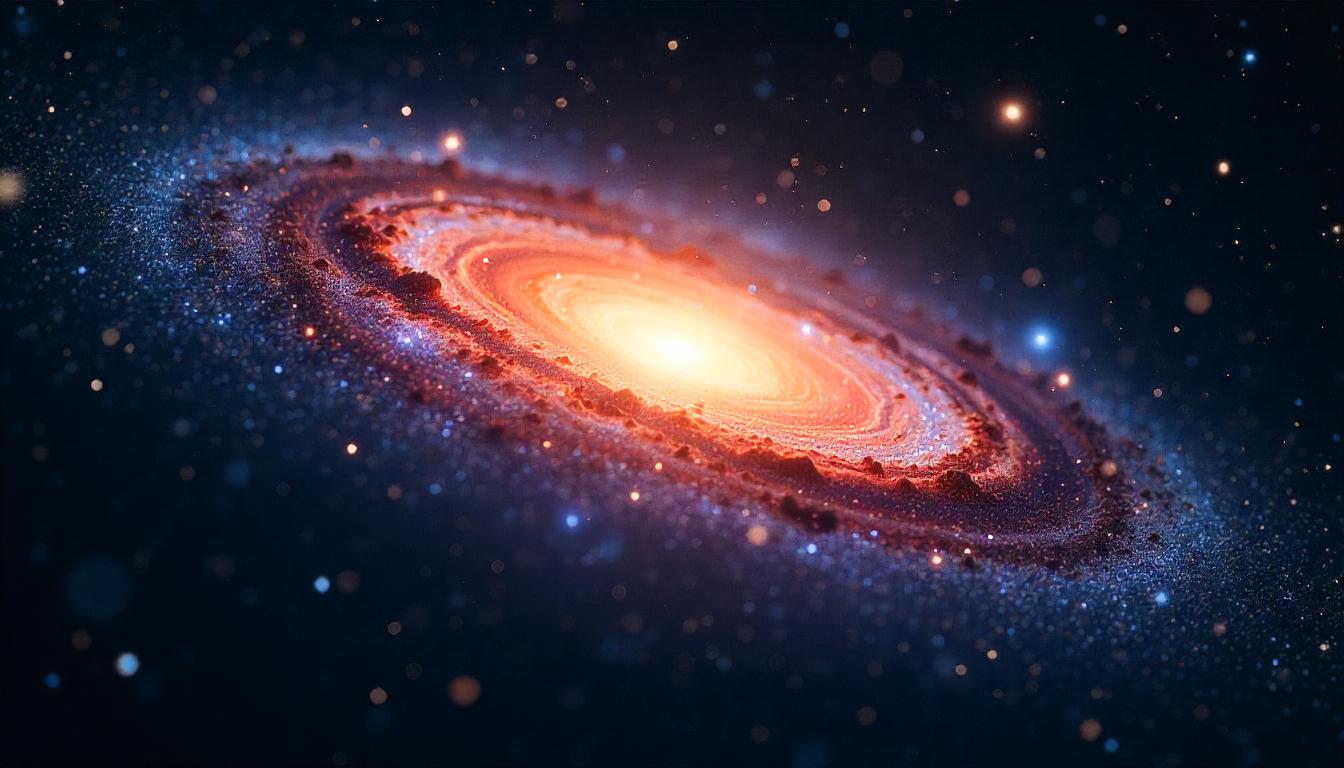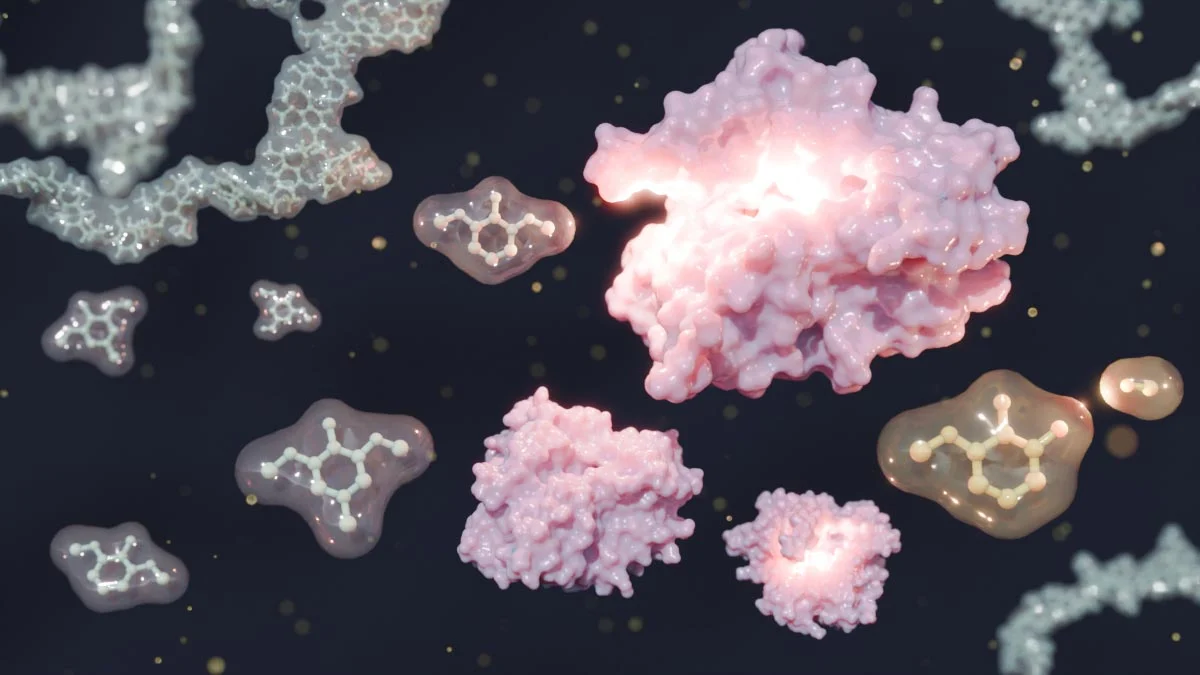A Cosmic Shape-Shifting Mystery
The James Webb Space Telescope has uncovered new details about how galaxies like the Milky Way evolved. By examining 111 edge-on galaxies, astronomers discovered that many galaxies began their lives as thick, turbulent disks before gradually developing thinner, more organized structures over billions of years.
What Are Thick and Thin Galactic Disks?
The Two Layers of Spiral Galaxies
Most spiral galaxies, including our own, have a two-part structure:
Thick Disk
This older layer contains ancient stars and is less rich in heavy elements. It’s more chaotic and puffed-up compared to its thin counterpart.
Thin Disk
This is where newer stars form, and it’s flatter, more ordered, and enriched with elements like oxygen and carbon — key ingredients for life as we know it.
Previously Seen Only in Nearby Galaxies
Until recently, this thick-thin disk structure was only observable in galaxies close to us. Thanks to JWST’s sharp resolution and infrared vision, scientists have now identified this structure in galaxies up to 10 billion light-years away — revealing how galaxies were shaped in the early universe.
How Galaxies Evolved Over Time
A Universal Pattern
The study, led by Takafumi Tsukui at Tohoku University, shows that galaxies first formed as thick disks. Over time, many developed a thin disk layered within the original structure. Interestingly, more massive galaxies seemed to form these thin disks earlier than smaller ones.
Shifting from Chaos to Order
This transformation marks a transition from the wild, unstable conditions of the early universe to more stable environments capable of supporting rich star formation and element development.
Why This Matters
Clues to Our Galactic Origins
Understanding how galaxies slimmed down over time helps explain how stars — and potentially life — could emerge. The thin disks are where newer stars and life-building elements gather, so learning when and how they formed is key to piecing together our cosmic history.
Another Step Toward Cosmic Clarity
This discovery adds a crucial piece to the puzzle of how galaxies grow, mature, and evolve across the history of the universe.
What Comes Next?
JWST’s ability to peer deep into the past is just beginning to reshape our understanding of the universe. As more data comes in, scientists hope to unravel even more details about how galaxies — and perhaps life itself — came to be.
Curious yet?
If galaxies evolved from thick chaos to elegant order, what other cosmic transformations are waiting to be discovered?
Reference: “The emergence of galactic thin and thick discs across cosmic history” by Takafumi Tsukui, Emily Wisnioski, Joss Bland-Hawthorn and Ken Freeman, 26 June 2025, Monthly Notices of the Royal Astronomical Society.
DOI: 10.1093/mnras/staf604
Daily science news 2025, Best science blogs, New science research 2025, Popular science articles, Latest science news 2025










